#1860s usa
Explore tagged Tumblr posts
Text

Oil Painting, Mid 1860s, American.
By William Morris Hunt.
Portraying Olivia Buckminster Lothrop in a Brown Dress.
MFA Boston.
#womenswear#mfa boston#brown#dress#oil painting#painting#William Morris hunt#Olivia Buckminster Lothrop#american#19th century#usa#1860s#1860s painting#1860s usa
53 notes
·
View notes
Text










Doors, Gates and Windows (No. 82)
Film Center Building, NYC
Deutsche Bank Center, NYC
Lefcourt Normandie Building, NYC
Hearst Tower, NYC (two pics)
COVA Building, NYC
781 Fifth Avenue, NYC
1860 Broadway, NYC (two pics)
former Barbizon-Plaza Hotel, NYC
#Lefcourt Normandie Building#Film Center Building#Hearst Tower#travel#original photography#vacation#tourist attraction#landmark#cityscape#architecture#detail#façade#door#window#exterior#summer 2019#USA#Manhattan#New York City#Deutsche Bank Center#COVA Building#former Barbizon-Plaza Hotel#781 Fifth Avenue#1860 Broadway#Art Deco
9 notes
·
View notes
Text









Happy 4th of July Stimboard 1/2
1 2 3 4 5 6 7 8 9
#4th of july#independence day#happy 4th of july#usa#america#superman#peanuts#snoopy#captain america#steve rogers#clark kent#revolutionary war#1776#civil war#1860s#wwii#flag#lana del rey#new york#central park#night sky#happy independence day#fourth of july#stimboard
9 notes
·
View notes
Text







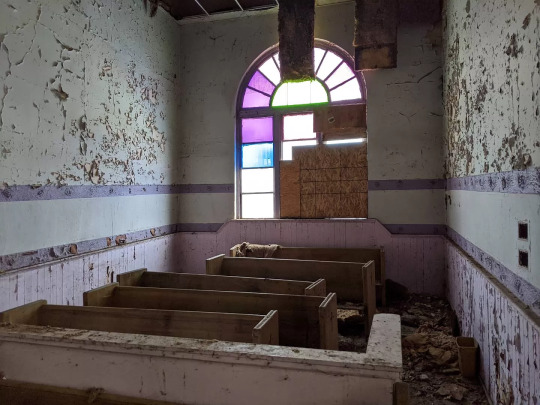
510 Bear St., Syracuse, New York, USA. Built 1865.
#buildings#interiors#exteriors#church#red brick#stained glass#balustrade#pews#disrepair#1860s#1865#New York#USA#this one is in really bad condition but its gorgeous#architecture
9 notes
·
View notes
Photo
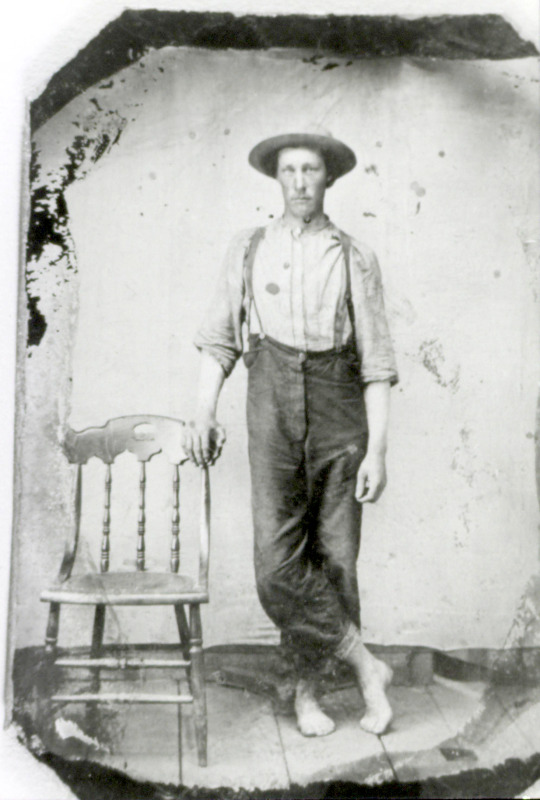
George W. Warth, of Ravenswood, WV, who enlisted in Capt. Bibbee's Co. A, 141st West Virginia Militia, Jackson County Home Guard (US), in 1863. Source: USAHEC.
#west virginia#militia#home guard#usa#union#federal#soldier#barefoot#slouch hat#shirtsleeves#suspenders#1860s#ravenswood#wv#civil war#american civil war#american#history
15 notes
·
View notes
Text
Les anges des champs de bataille: portraits d'infirmières de la guerre de Sécession
Nouvel article publié sur https://www.2tout2rien.fr/les-anges-des-champs-de-bataille-portraits-dinfirmieres-de-la-guerre-de-secession/
Les anges des champs de bataille: portraits d'infirmières de la guerre de Sécession

#19eme siecle#ange#années 1860#bataille#blessure#docteur#esclavage#Florence Nightingale#guerre#histoire#infirmiere#medecin#mort#noir et blanc#secession#secours#soin#soldat#USA#imxok#people
2 notes
·
View notes
Text
ID: a screenshot from the "Ugly law" Wikipedia article. It reads:
From 1867 to 1974, various cities of the United States had unsightly beggar ordinances, retroactively named ugly laws.[1] These laws targeted poor people and disabled people. For instance, in San Francisco a law of 1867 deemed it illegal for "any person, who is diseased, maimed, mutilated or deformed in any way, so as to be an unsightly or disgusting object, to expose himself or herself to public view."[2][1]

What the fuck man
1K notes
·
View notes
Text

Fisherman at Saint Ives
1891
Etching
Anders Zorn (Swedish, 1860-1920)
The Metropolitan Museum of Art, New York City, NY, USA
#dark academia#light academia#classical#academia aesthetic#escapism#academia#books and libraries#classic literature#books#architecture#art#etching#Fisherman at Saint Ives#artist#Anders Zorn#Swedish#1800s#late 1800s#19th century#late 19th century#royal core#cottage core#aesthetic#academics#artistic#the metropolitan museum of art#mood#vibe#tumblr
105 notes
·
View notes
Text



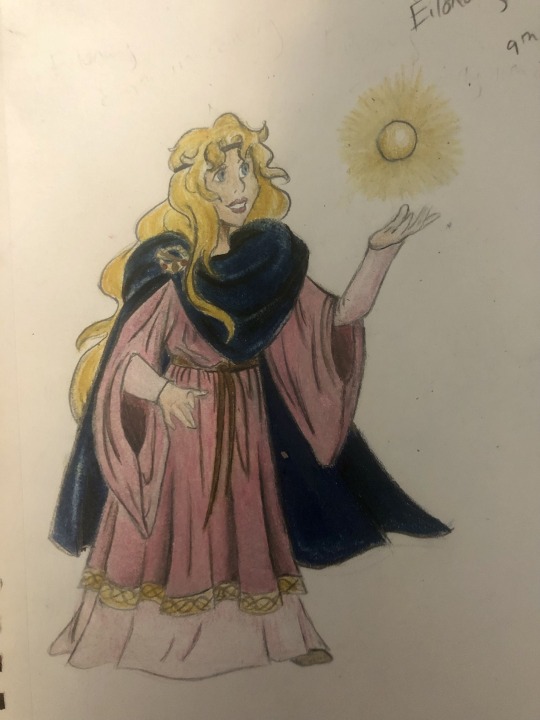
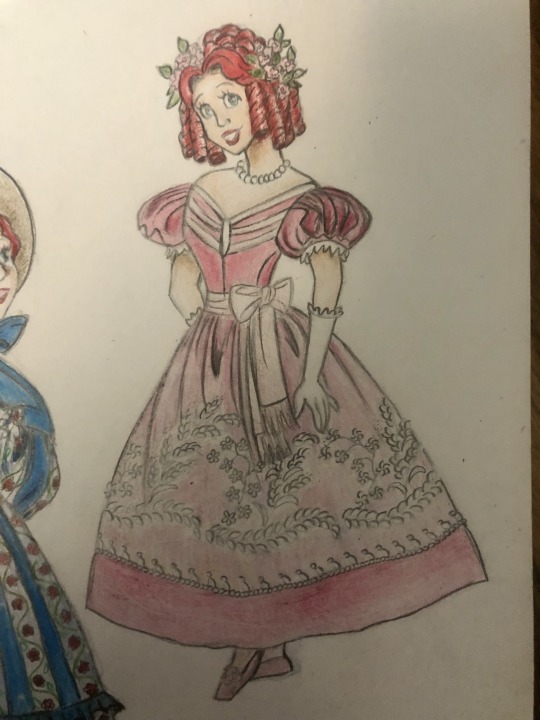
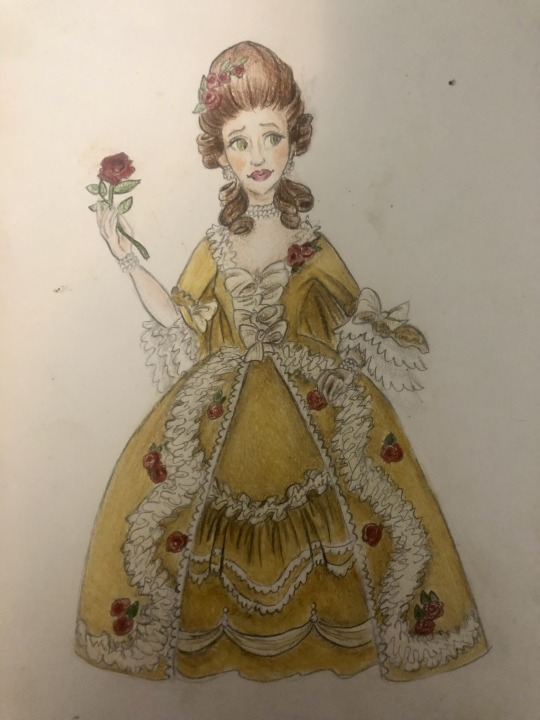
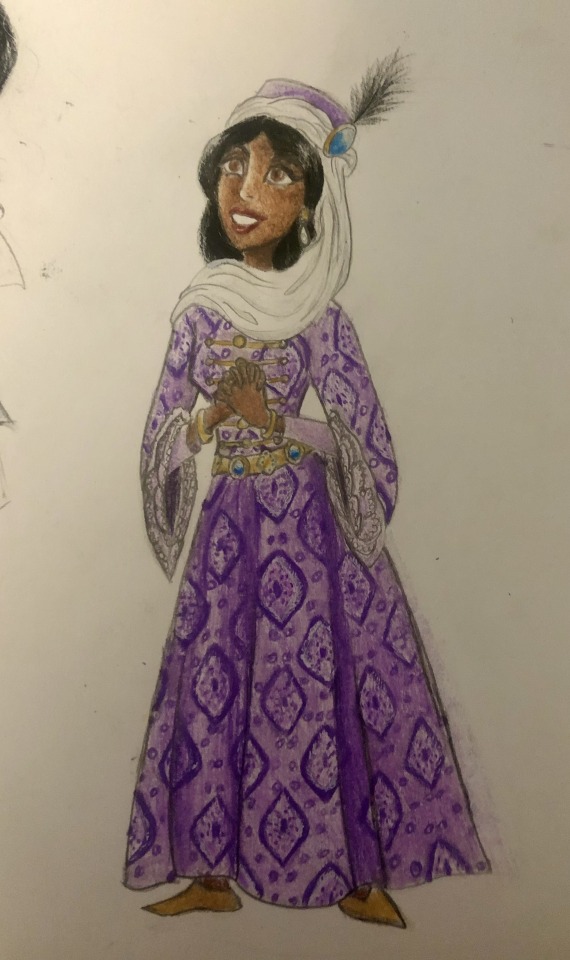
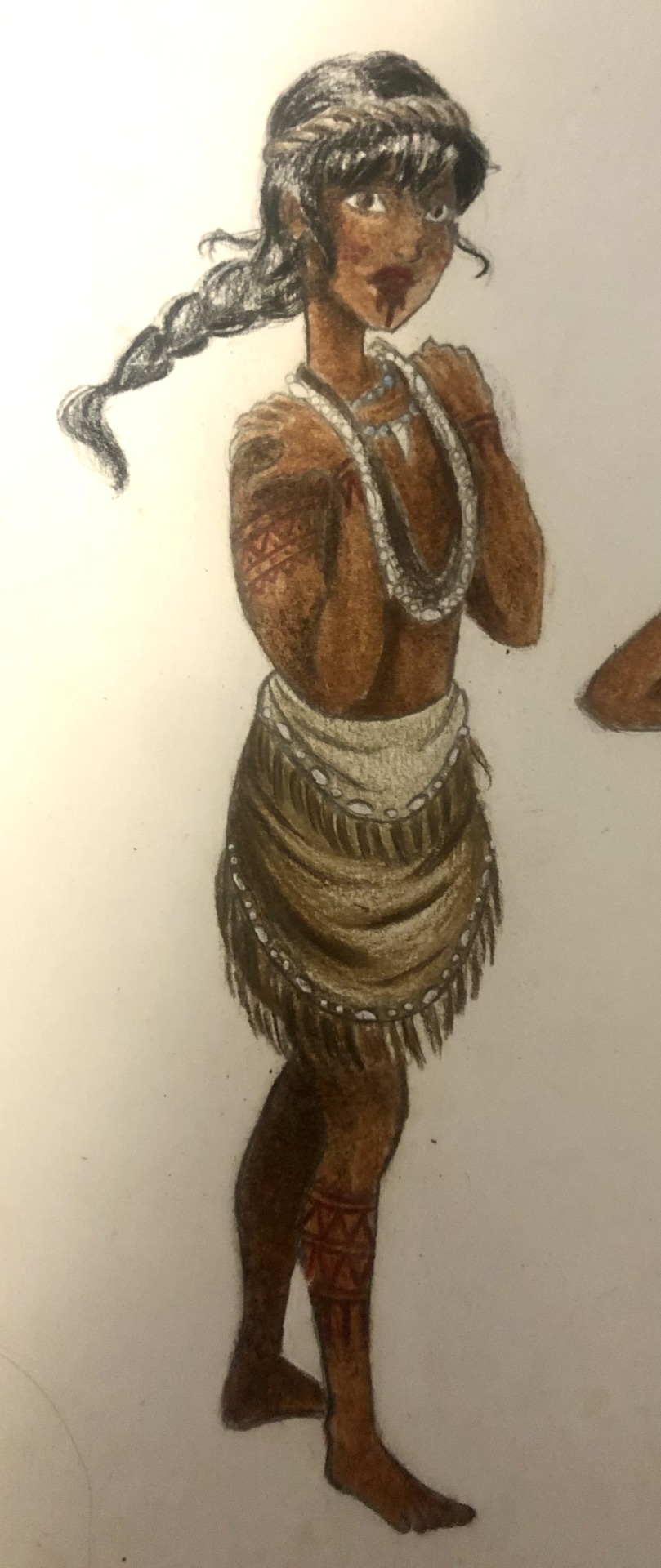
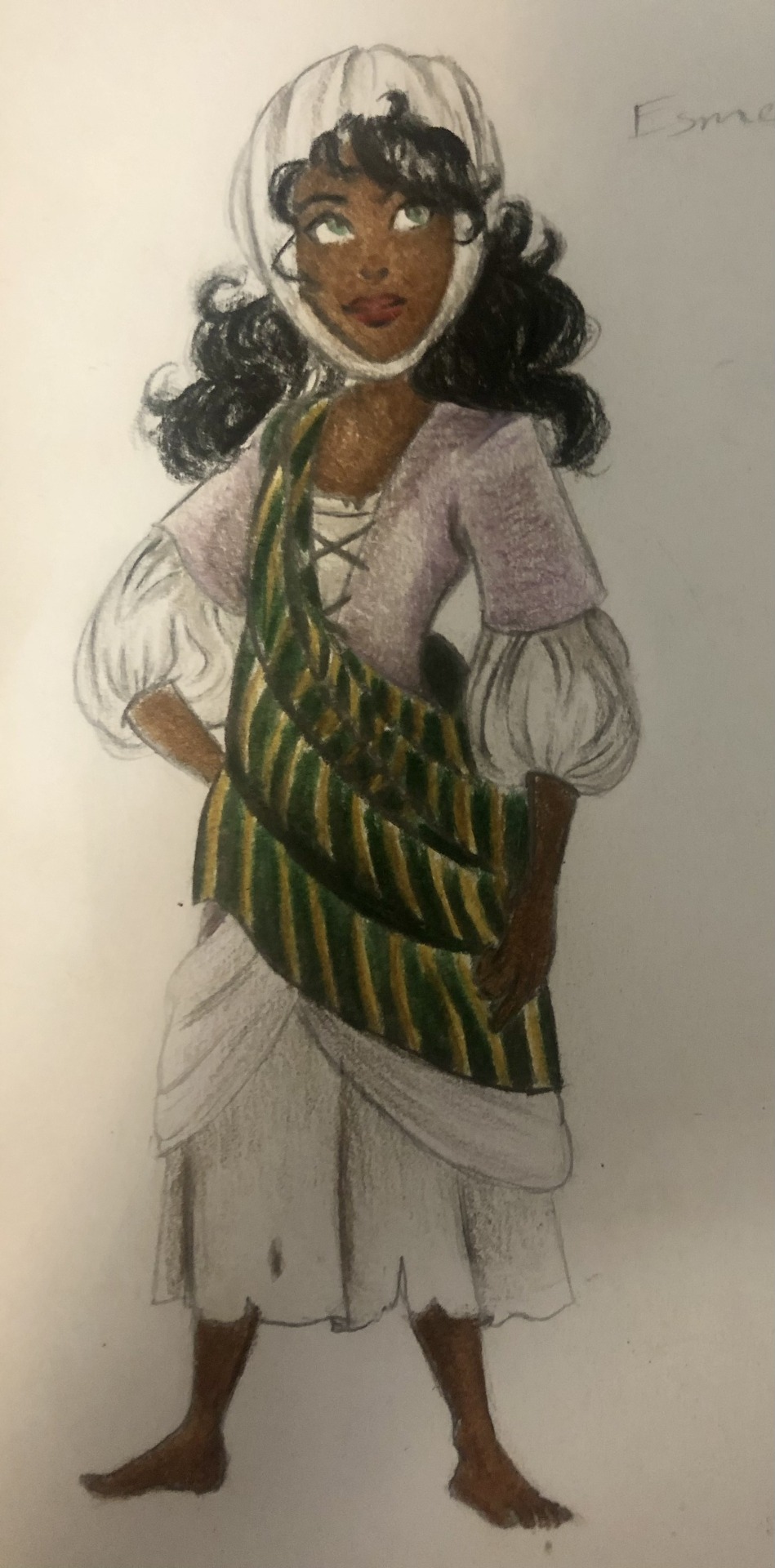
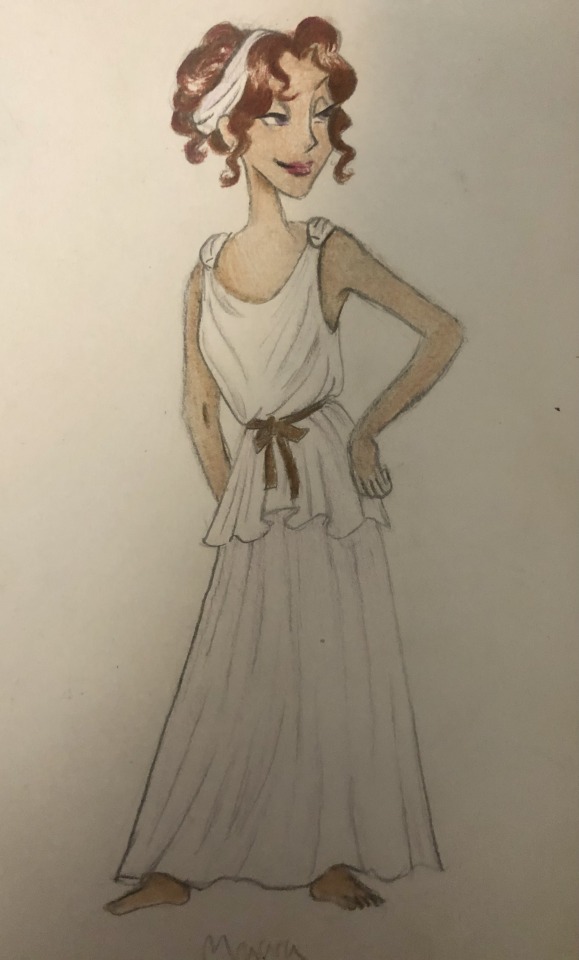

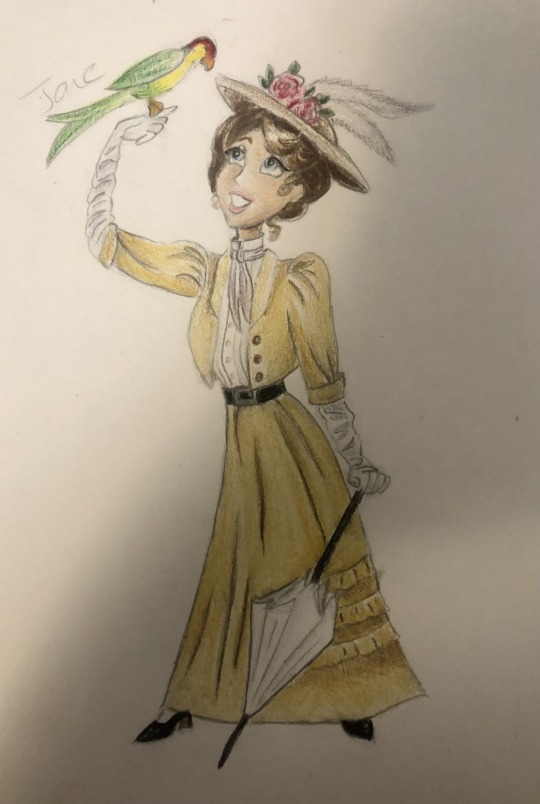
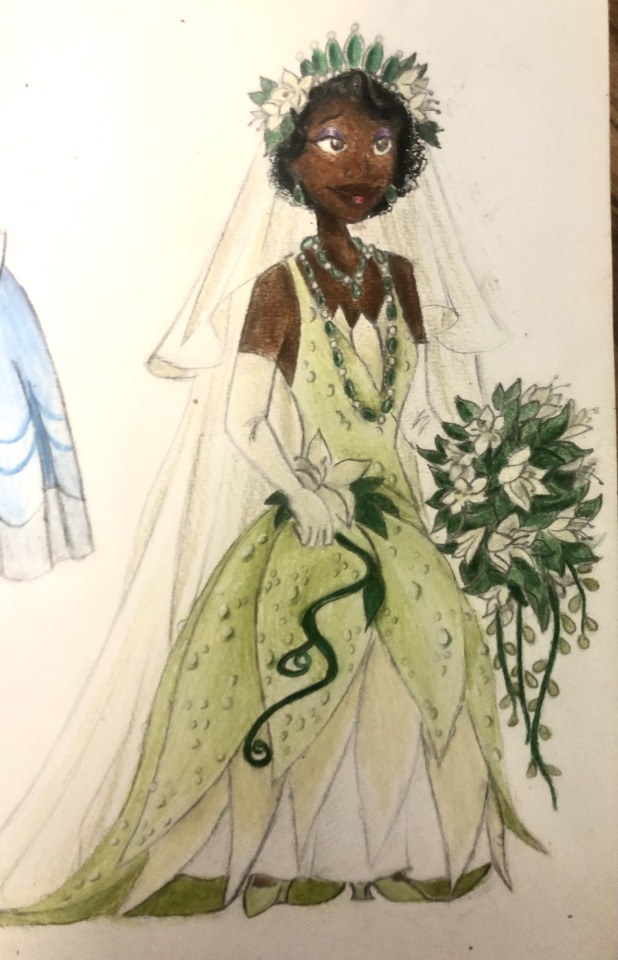


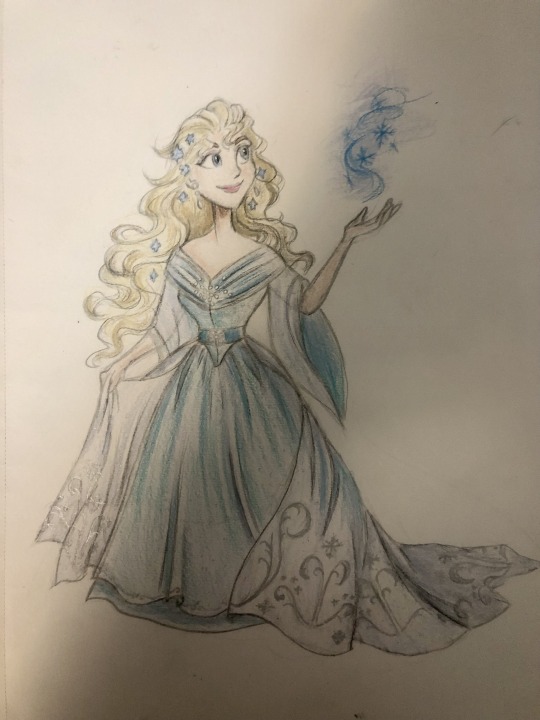
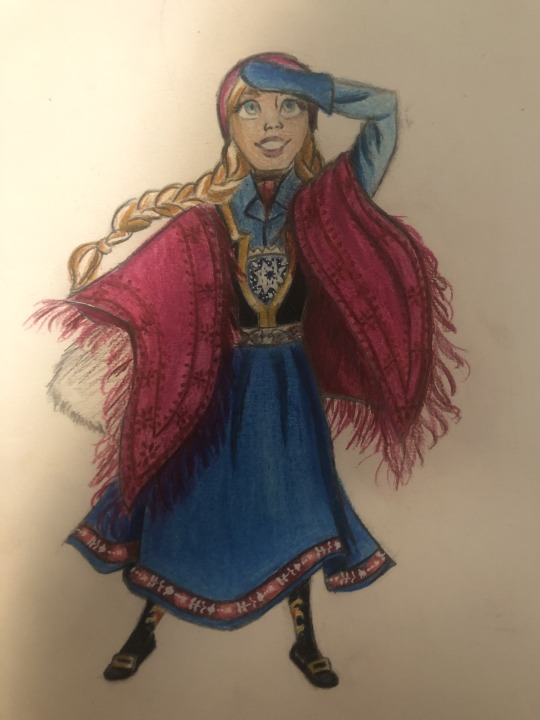
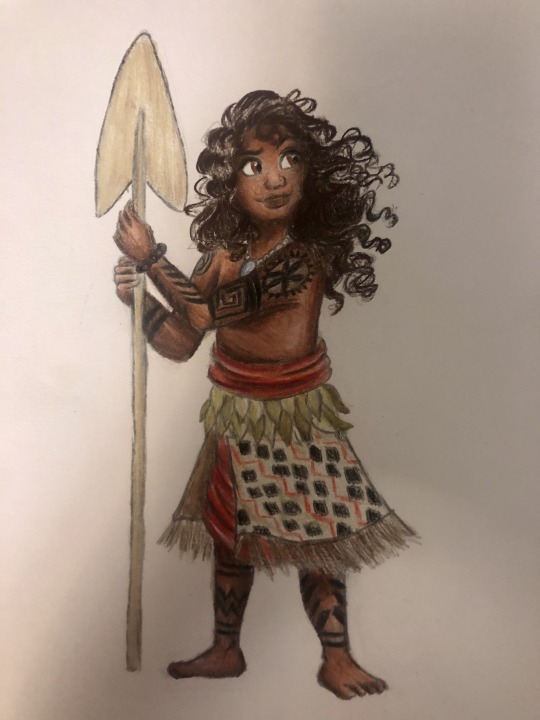
Thought I’d do a little art throwback with my own historically accurate (well mostly) takes on Disney princesses and heroines, which I did from 2021 to 2022! Included in this series are:
Snow White - early 16th century Germany (then part of the Holy Roman Empire)
Cinderella - late 1860s-early 1870s France
Aurora - mid 15th century France
Eilonwy - 8th-10th century (present day) Wales
Ariel - 1830s Mediterranean Europe (maybe Italy)
Belle - 1760s-1770s France
Jasmine - 16th century Arabian Peninsula during the Ottoman Empire
Pocahontas - 1607 Virginia, (present day) United States of America
Esmeralda - 1480s France (Romani garb)
Megara - Classical period of Ancient Greece (c. 5th-4th centuries BCE)
Mulan - Wei Dynasty China (386-535 AD)
Jane - 1900s England
Tiana - late 1920s New Orleans, Louisiana, USA
Rapunzel - 1790s-1800s Germany
Merida - 10th-11th century (present day) Scotland
Elsa - late 1830s-early 1840s Norway
Anna - same period as Elsa (duh)
Moana - ancient Polynesian Islands (c. 1st century BCE)
I had so much fun drawing these, as well as doing the research for each one! I actually drew most of the outfits each one wears (in their first movies) but they're waaaaay down further in my blog.
I'm planning to do a digital redo of these someday, as well as do my own historical spins on other characters I haven't done yet.
Which one is your favorite?
Commissions info
#my art#angie's scribbles#disney#disney princess#disney princesses#disney heroines#disney girls#disney ladies#historical disney#historically accurate disney#historical fashion#snow white#snow white and the seven dwarfs#snow white 1937#cinderella#cinderella 1950#princess aurora#aurora#sleeping beauty#sleeping beauty 1959#eilonwy#princess eilonwy#the black cauldron#ariel#the little mermaid#the little mermaid 1989#belle#beauty and the beast#beauty and the beast 1991#jasmine
280 notes
·
View notes
Text


Purple and Black Silk Dress, 1860s, American.
MFA Boston.
#womenswear#extant garments#silk#dress#19th century#mfa boston#american#usa#purple#black#day dress#1860s usa#1860s dress#stripes
30 notes
·
View notes
Note
sorry sending another one
i’ve been wondering for a while but WHY DOES EULALIE SPEAK PERFECT ENGLISH. she’s Japanese, they’ve made that clear. Since Duke has his little “French-isms”, I assume there isn’t a “language normalization” spell placed on Nevermore.
Eulalie also comments that Duke’s coin from 1912 is “super old!” SO LIKE ?? IS THIS WOMAN MODERN??? did she learn english in school?? did she go to the library and check out books on Death In Other Cultures??
We’ve seen a girl who looks like she’s from around the 1960’s so it’s possible, i would just be so surprised ;-; Annabel and Lenore are both from around the 1860s, Berenice from 1920, Duke from 1912. Having Eulalie be from 100+ years later is just !!! HOW LONG DOES THAT RIVER HOLD ONTO SPIRITS ;-;
hi there again! I believe it's because eulalie is japanese american. not sure if it was ever confirmed by the creators, but a popular theory declares eulalie's death a hate crime, an arson caused during world war two.


japanese americans were seen as enemies of the states because they were equated with japan's actions against the usa (the hate escalated after the bombing of the us military base at pearl harbor in 1941).
so, despite eulalie's ethnicity, english is most likely her native language (or one of them). hope that helps :]
#nevermore webtoon#eulalie nevermore#its a very scary death may i add#nevermore theory#nevermore webcomic
126 notes
·
View notes
Photo






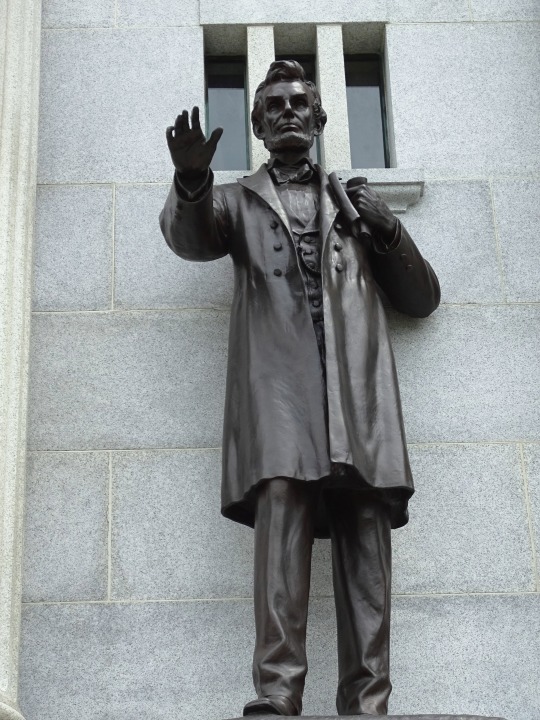
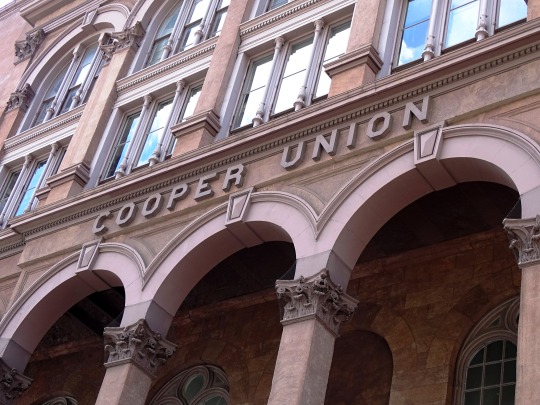


On February 27, 1860 Abraham Lincoln made a speech at Cooper Union in the city of New York that is largely responsible for his election to the Presidency. It is now referred to as the Cooper Union Address.
#The Cooper Union for the Advancement of Science and Art#Abraham Lincoln#speech#Cooper Union#Cooper Union Address#27 February 1860#USA#Manhattan#New York City#summer 2019#Cooper Union's Foundation Building#Italianate style#Fred A. Petersen#Stanley J. Watts#Gettysburg#travel#vacation#Mount Rushmore National Memorial#Gutzon Borglum#anniversary#US history
2 notes
·
View notes
Text
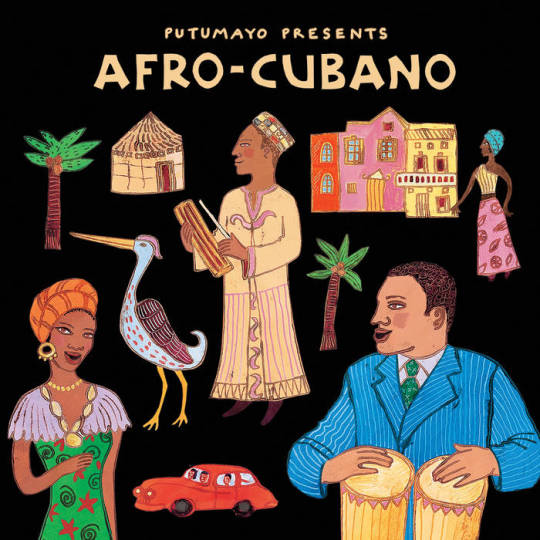
Music of African heritage in Cuba derives from the musical traditions of the many ethnic groups from different parts of West and Central Africa that were brought to Cuba as slaves between the 16th and 19th centuries. Members of some of these groups formed their own ethnic associations or cabildos, in which cultural traditions were conserved, including musical ones. Music of African heritage, along with considerable Iberian (Spanish) musical elements, forms the fulcrum of Cuban music.
Much of this music is associated with traditional African religion – Lucumi, Palo, and others – and preserves the languages formerly used in the African homelands. The music is passed on by oral tradition and is often performed in private gatherings difficult for outsiders to access. Lacking melodic instruments, the music instead features polyrhythmic percussion, voice (call-and-response), and dance. As with other musically renowned New World nations such as the United States, Brazil and Jamaica, Cuban music represents a profound African musical heritage.

Clearly, the origin of African groups in Cuba is due to the island's long history of slavery. Compared to the USA, slavery started in Cuba much earlier and continued for decades afterwards. Cuba was the last country in the Americas to abolish the importation of slaves, and the second last to free the slaves. In 1807 the British Parliament outlawed slavery, and from then on the British Navy acted to intercept Portuguese and Spanish slave ships. By 1860 the trade with Cuba was almost extinguished; the last slave ship to Cuba was in 1873. The abolition of slavery was announced by the Spanish Crown in 1880, and put into effect in 1886. Two years later, Brazil abolished slavery.
Although the exact number of slaves from each African culture will never be known, most came from one of these groups, which are listed in rough order of their cultural impact in Cuba:
The Congolese from the Congo Basin and SW Africa. Many ethnic groups were involved, all called Congos in Cuba. Their religion is called Palo. Probably the most numerous group, with a huge influence on Cuban music.
The Oyó or Yoruba from modern Nigeria, known in Cuba as Lucumí. Their religion is known as Regla de Ocha (roughly, 'the way of the spirits') and its syncretic version is known as Santería. Culturally of great significance.
The Kalabars from the Southeastern part of Nigeria and also in some part of Cameroon, whom were taken from the Bight of Biafra. These sub Igbo and Ijaw groups are known in Cuba as Carabali,and their religious organization as Abakuá. The street name for them in Cuba was Ñáñigos.
The Dahomey, from Benin. They were the Fon, known as Arará in Cuba. The Dahomeys were a powerful group who practised human sacrifice and slavery long before Europeans arrived, and allegedly even more so during the Atlantic slave trade.
Haiti immigrants to Cuba arrived at various times up to the present day. Leaving aside the French, who also came, the Africans from Haiti were a mixture of groups who usually spoke creolized French: and religion was known as vodú.
From part of modern Liberia and Côte d'Ivoire came the Gangá.
Senegambian people (Senegal, the Gambia), but including many brought from Sudan by the Arab slavers, were known by a catch-all word: Mandinga. The famous musical phrase Kikiribu Mandinga! refers to them.
Subsequent organization
The roots of most Afro-Cuban musical forms lie in the cabildos, self-organized social clubs for the African slaves, and separate cabildos for separate cultures. The cabildos were formed mainly from four groups: the Yoruba (the Lucumi in Cuba); the Congolese (Palo in Cuba); Dahomey (the Fon or Arará). Other cultures were undoubtedly present, more even than listed above, but in smaller numbers, and they did not leave such a distinctive presence.
Cabildos preserved African cultural traditions, even after the abolition of slavery in 1886. At the same time, African religions were transmitted from generation to generation throughout Cuba, Haiti, other islands and Brazil. These religions, which had a similar but not identical structure, were known as Lucumi or Regla de Ocha if they derived from the Yoruba, Palo from Central Africa, Vodú from Haiti, and so on. The term Santería was first introduced to account for the way African spirits were joined to Catholic saints, especially by people who were both baptized and initiated, and so were genuine members of both groups. Outsiders picked up the word and have tended to use it somewhat indiscriminately. It has become a kind of catch-all word, rather like salsa in music.
The ñáñigos in Cuba or Carabali in their secret Abakuá societies, were one of the most terrifying groups; even other blacks were afraid of them:
Girl, don't tell me about the ñáñigos! They were bad. The carabali was evil down to his guts. And the ñáñigos from back in the day when I was a chick, weren't like the ones today... they kept their secret, like in Africa.

African sacred music in Cuba
All these African cultures had musical traditions, which survive erratically to the present day, not always in detail, but in the general style. The best preserved are the African polytheistic religions, where, in Cuba at least, the instruments, the language, the chants, the dances and their interpretations are quite well preserved. In few or no other American countries are the religious ceremonies conducted in the old language(s) of Africa, as they are at least in Lucumí ceremonies, though of course, back in Africa the language has moved on. What unifies all genuine forms of African music is the unity of polyrhythmic percussion, voice (call-and-response) and dance in well-defined social settings, and the absence of melodic instruments of an Arabic or European kind.
Not until after the Second World War do we find detailed printed descriptions or recordings of African sacred music in Cuba. Inside the cults, music, song, dance and ceremony were (and still are) learnt by heart by means of demonstration, including such ceremonial procedures conducted in an African language. The experiences were private to the initiated, until the work of the ethnologist Fernando Ortíz, who devoted a large part of his life to investigating the influence of African culture in Cuba. The first detailed transcription of percussion, song and chants are to be found in his great works.
There are now many recordings offering a selection of pieces in praise of, or prayers to, the orishas. Much of the ceremonial procedures are still hidden from the eyes of outsiders, though some descriptions in words exist.
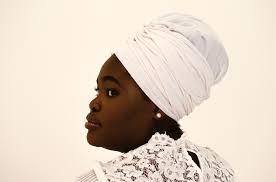
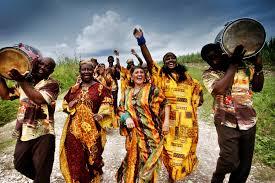
Yoruba and Congolese rituals
Main articles: Yoruba people, Lucumi religion, Kongo people, Palo (religion), and Batá
Religious traditions of African origin have survived in Cuba, and are the basis of ritual music, song and dance quite distinct from the secular music and dance. The religion of Yoruban origin is known as Lucumí or Regla de Ocha; the religion of Congolese origin is known as Palo, as in palos del monte.[11] There are also, in the Oriente region, forms of Haitian ritual together with its own instruments and music.
In Lucumi ceremonies, consecrated batá drums are played at ceremonies, and gourd ensembles called abwe. In the 1950s, a collection of Havana-area batá drummers called Santero helped bring Lucumí styles into mainstream Cuban music, while artists like Mezcla, with the lucumí singer Lázaro Ros, melded the style with other forms, including zouk.
The Congo cabildo uses yuka drums, as well as gallos (a form of song contest), makuta and mani dances. The latter is related to the Brazilian martial dance capoeira

#african#afrakan#kemetic dreams#africans#brownskin#brown skin#afrakans#african culture#fitness#afrakan spirituality#afro cuban music#afro cuban#igbo#yoruba#congo#african music
191 notes
·
View notes
Text
Penacony, Art Nouveau & Art Déco
As a Cultural Heritage major, it was inevitable for me to notice the huge Art Nouveau and Art Déco influence in Penacony.
The most evident example is Robin's poster:

It is reminiscent of artworks by Alfons Mucha (1860-1939), who often drew illustrations for advertisment, for example Bière de la meuse (1897), created to sell beer. Robin's poster is also an ad, which serves to promote the singer and her next performance for the Charmony Festival.
We can see the detail of the hair: in both illustrations it is observable how the ends of the hair curve in almost a decorative manner. In addition, both the figures are accentuated by the use of a thicker countour line.
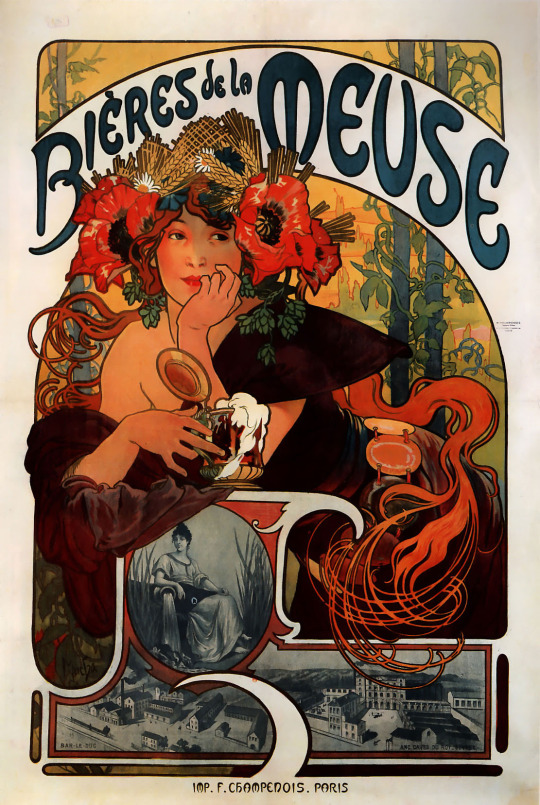
Next, I wanted to point out the overall architecture of Penacony (particularly the architecture in Golden Hour).
Let's start by saying that Art Nouveau has its basis on a movement called Arts & Crafts, invented by William Morris (1834-1896). Morris wanted everyone to be able to own beautiful and durable objects (somewhat going against the values of the Industrial Revolution) and so Arts & Crafts was born. Therefore, Art Nouveau is mostly known for its decorations, architectures, jewels, furniture, vases, lamps etc. Art Déco can be considered an off-spring of Art Nouveau, as it spread in the 1920s and became the style to go in the USA in the 30s. The main difference between the two is that: Art Nouveau is more graceful, "spring-like" and utilises more sinuous lines (in fact, Mucha is Art Nouveau), while Art Déco is more geometric and is characterised by stronger colors.
For instance, the grand theatre in Penacony and the other structures/objects in the following pictures can all be considered Art Nouveau, let's compare them with real life examples of Art Nouveau:
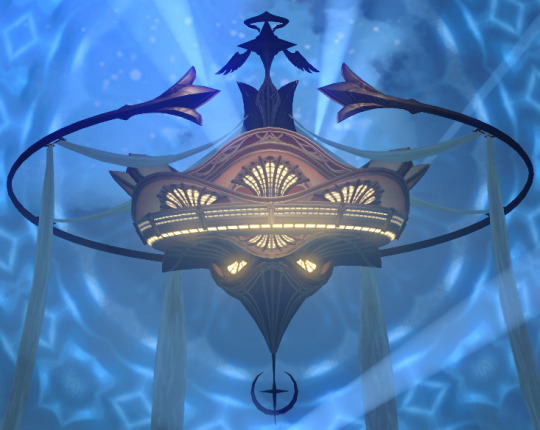
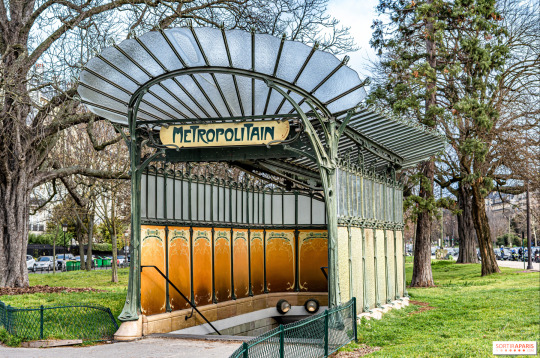

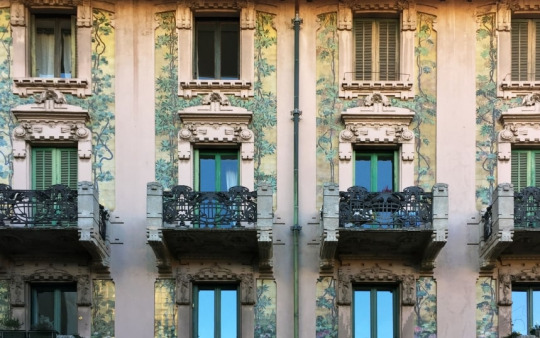


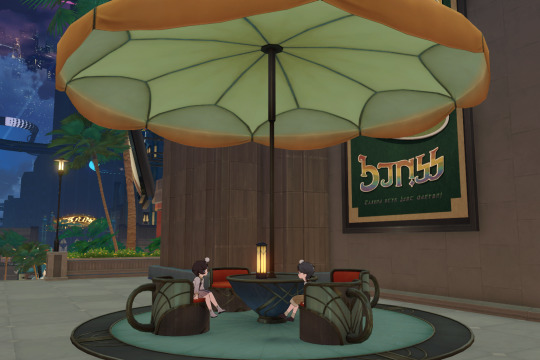

And these can be considered Art Déco:

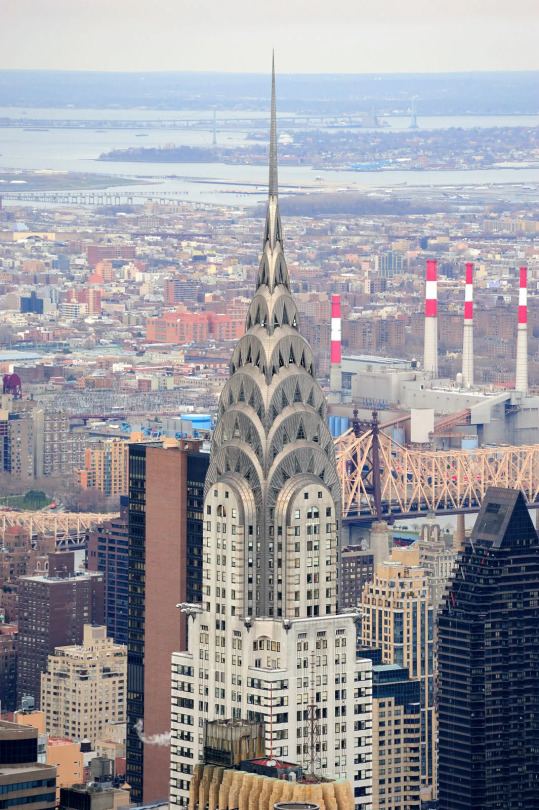
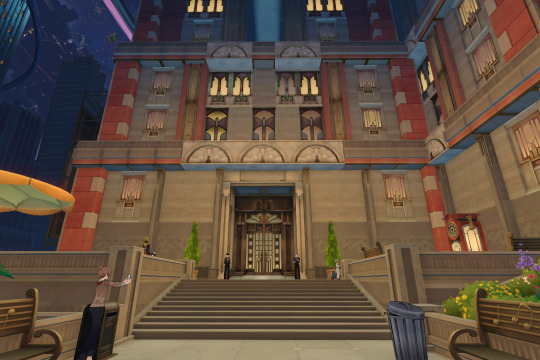
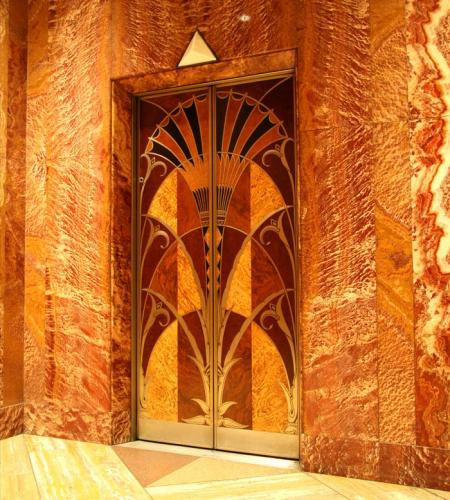


To conclude, I love how Penacony was created, both on the stylistic aspect and the gaming mechanisms aspect (like, the 3d rooms are so cool). I just wanted to write about the fascinating artistic references in Star Rail, it's just a natural consequence of the fact that I am majoring in Cultural Heritage I suppose.
#honkai star rail#star rail#hsr#mihoyo#hoyoverse#penacony#robin hsr#art#art nouveau#art deco#1900s art#architecture#ignore me ranting about my special interests
115 notes
·
View notes
Text

John Darków, Columbia Missourian
* * * *
LETTERS FROM AN AMERICAN
October 10, 2024
Heather Cox Richardson
Oct 11, 2024
Hurricane Milton made landfall yesterday evening as a Category 3 storm just south of Sarasota, Florida. Before the hurricane hit, thirty-eight tornadoes swept across thirteen counties in the state, putting about 1.26 million people under a tornado advisory. With the hurricane came high winds and water, including ten to twenty inches of rain in the Tampa area. And, although it was not the worst-case scenario people feared, eleven people are dead and about three million are without power because of the storm. The Federal Emergency Management Agency has been on the ground since before the storm hit.
In election news, today, The Atlantic endorsed Vice President Kamala Harris for president. This is only the fifth time since its founding in 1857 that The Atlantic has endorsed a presidential candidate. It is the third time it has endorsed Trump’s opponent. It also endorsed Lyndon Baines Johnson in 1964 when he ran against extremist Arizona senator Barry Goldwater. And in 1860 it endorsed Abraham Lincoln.
The Atlantic’s endorsement of Harris echoes its earlier endorsement of Lincoln, not only in its thorough dislike of Trump as “one of the most personally malignant and politically dangerous candidates in American history”—an echo of its 1860 warning that this election “is a turning-point in our history”—but because both endorsements show a new press challenging an older system.
In Public Notice today, Noah Berlatsky listed the many articles claiming that Harris is avoiding the press, including most recently a social media post from Politico’s Playbook that read: “After avoiding the media for neigh [sic] on her whole campaign, Kamala Harris is…still largely avoiding the media.” Berlatsky pointed out that Harris has taken questions from reporters as she campaigns and has sat down with the National Association of Black Journalists, CNN, Spanish language radio station Uforia, and Action News in Pennsylvania, and did a presidential debate with ABC News. Earlier this week, she appeared on 60 Minutes.
With Trump refusing to participate in another presidential debate, Vice President Harris today accepted CNN’s invitation to a live, televised town hall on October 23 in Pennsylvania. In the announcement, Harris-Walz campaign chair Jen O’Malley Dillon noted that Trump has confined his recent appearances to conservative media.
Indeed, Trump backed out of a 60 Minutes interview and has appeared only on the shows of loyalists. And yet, Berlatsky points out, he is not receiving similar criticism. Indeed, observers note that Trump has tended to get far more favorable coverage than his mental slips, open embrace of Nazi racism, fantastical lies, and criminal indictments deserve.
In a piece today, Matt Gertz of the media watchdog Media Matters reports that five major newspapers—the Los Angeles Times, the New York Times, USA Today, the Wall Street Journal, and the Washington Post—produced nearly four times as many articles about Democratic candidate Hillary Clinton’s email server in 2016 in the week after then–FBI director James Comey announced new developments in the story than they did about the unsealing of a new filing in Trump’s federal criminal indictment for alleged crimes related to the January 6 insurrection earlier this month.
“None of the papers ran even half as many Trump indictment stories as they did on Clinton’s server,” Gertz wrote. “Indeed, every paper ran more front-page stories that mentioned Clinton’s server [than] they did total stories that referenced Trump’s indictment.” “The former president continues to benefit from news outlets grading him on a massive curve,” Gertz wrote, “resulting in relatively muted coverage for his nakedly authoritarian, unfathomably racist, and allegedly criminal behavior.”
On Tuesday, October 8, Ian Bassin and Maximillian Potter of the Columbia Journalism Review outlined Trump’s longstanding attack on the U.S. media as “fake news,” an attack that is ongoing and obvious. (Just today, he threatened CBS and “all other Broadcast Licenses, because they are just as corrupt as CBS—and maybe even WORSE!”)
Bassin and Potter note that in his attacks on the media, Trump is following the pattern of authoritarians like Hungarian prime minister Viktor Orbán, who attacked media critics with audits, investigations, and harassment until he “drove independent media from the field.” They also note the observation of Timothy Snyder, a scholar of authoritarianism, that power is often freely given to an authoritarian in anticipation of punishment, what Snyder calls “anticipatory obedience.”
And yet, in the past in the U.S., when the media has appeared to become captive to established interests, new media have begun to give a voice to the opposition. In the 1850s, when elite enslavers stopped the circulation of newspapers and books calling for abolition, they prompted an explosion of new media that expressed the sentiments of those opposed to the expansion of human enslavement. Editor Horace Greeley led the way with the New-York Tribune in the 1840s. He was keenly aware of the importance of the new press and, as an early convert to the Republican Party, led his paper to become the anchor of a string of new Republican newspapers across the North—including the Chicago Tribune and the New York Times—that spread the party’s ideology.
The Atlantic Monthly’s endorsement of Lincoln in 1860 was part of that movement, and poet James Russell Lowell, who wrote the endorsement, mocked the idea that the press should avoid causing trouble. “We are gravely requested to have no opinion, or, having one, to suppress it, on the one topic that has occupied caucuses, newspapers, Presidents’ messages, and congress, for the last dozen years, lest we endanger the safety of the Union…. In a democracy it is the duty of every citizen to think.”
Harris has nodded to established media, but as Berlatsky points out, there is very little payoff for her in focusing on those venues, since those audiences are generally already quite attuned to politics and are looking for new developments and scandals. In contrast, winning in 2024 means turning out new voters by finding new venues that offer them a political voice. Harris has recognized that media shift by focusing her media appearances on podcasts like Call Her Daddy, radio shows like Howard Stern’s, and television shows like The Late Show with Stephen Colbert and The View.
Campaign staffer Victor Shi noted that, based on averages, Harris’s appearance on Call Her Daddy reached 5 million people, The View, 2.45 million; Howard Stern, 10 million; and Stephen Colbert, 3.2 million—in all, 25 million or more people that traditional media do not reach. (Shi also called attention to the fact that on October 9, the campaign live streamed an Arizona rally by Minnesota governor and Democratic vice presidential candidate Tim Walz on the World of Warcraft Twitch stream.)
The Atlantic nodded to the free thought on which the magazine was founded in 1857 when it came out strongly for Harris today. It is endorsing Harris, it said, because she “respects the law and the Constitution. She believes in the freedom, equality, and dignity of all Americans. She’s untainted by corruption, let alone a felony record or a history of sexual assault. She doesn’t embarrass her compatriots with her language and behavior, or pit them against one another. She doesn’t curry favor with dictators. She won’t abuse the power of the highest office in order to keep it. She believes in democracy. These, and not any specific policy positions, are the reasons The Atlantic is endorsing her.”
LETTERS FROM AN AMERICAN
HEATHER COX RICHARDSON
#climate change#John Darkow#climate emergency#political cartoons#Letters From An American#Heather Cox Richardson#journalism#media#press#The Atlantic#election 2024#endorsement#Kamala Harris#history#new media#Matt Gertz#politico
21 notes
·
View notes
Text
Jacob C. Miller et son trou de balle entre les deux yeux
Nouvel article publié sur https://www.2tout2rien.fr/jacob-c-miller-et-son-trou-de-balle-entre-les-deux-yeux/
Jacob C. Miller et son trou de balle entre les deux yeux
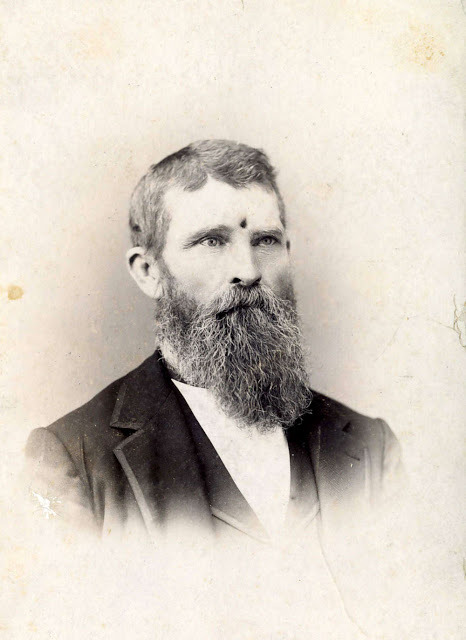
#19eme siecle#années 1860#balle#bataille#blessure#Chickamauga#crâne#front#guerre#histoire#Jacob C. Miller#noir et blanc#oeil#opération#secession#soldat#trou#USA#veteran#vintage#imxok#people
0 notes